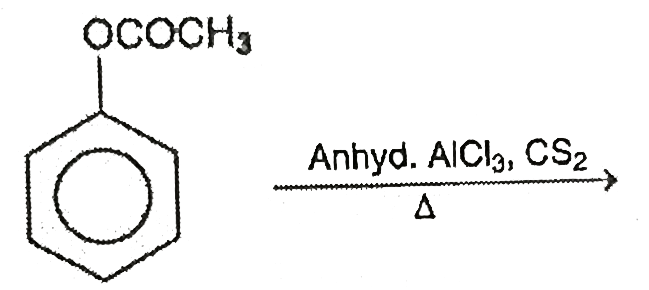Write the product (s) formed when 2-Bromopropane undergoes dehydrohalogenation reaction.
To determine the product formed when 2-bromopropane undergoes a dehydrohalogenation reaction, we can follow these steps:
Step 1: Identify the structure of 2-bromopropane
2-bromopropane is an organic compound with the molecular formula C3H7Br. Its structure can be represented as follows:
Br∣CH3−CH−CH3
Step 2: Understand the dehydrohalogenation reaction
Dehydrohalogenation is a reaction where a hydrogen atom and a halogen atom (in this case, bromine) are removed from the molecule. This typically occurs in the presence of a strong base.
Step 3: Identify the hydrogen to be removed
In 2-bromopropane, we have a bromine atom attached to the second carbon. We need to remove a hydrogen atom from a beta carbon. The beta carbons are the carbons adjacent to the carbon with the halogen. In this case, the beta carbons are the first and third carbons.
Step 4: Remove the halogen and hydrogen
When we remove the bromine from the second carbon and a hydrogen from one of the beta carbons (either the first or the third), we will form a double bond between the second and the carbon from which the hydrogen was removed.
Step 5: Determine the product
The removal of H and Br will lead to the formation of propene (C3H6), which has a double bond between the first and second carbon atoms. The structure of propene can be represented as:
HH C/HCH
Final Product
The product formed from the dehydrohalogenation of 2-bromopropane is propene.
2-bromopropane is an organic compound with the molecular formula C3H7Br. Its structure can be represented as follows:
Dehydrohalogenation is a reaction where a hydrogen atom and a halogen atom (in this case, bromine) are removed from the molecule. This typically occurs in the presence of a strong base.
In 2-bromopropane, we have a bromine atom attached to the second carbon. We need to remove a hydrogen atom from a beta carbon. The beta carbons are the carbons adjacent to the carbon with the halogen. In this case, the beta carbons are the first and third carbons.
When we remove the bromine from the second carbon and a hydrogen from one of the beta carbons (either the first or the third), we will form a double bond between the second and the carbon from which the hydrogen was removed.
The removal of H and Br will lead to the formation of propene (C3H6), which has a double bond between the first and second carbon atoms. The structure of propene can be represented as:
The product formed from the dehydrohalogenation of 2-bromopropane is propene.
Topper's Solved these Questions
- PRACTICE PAPER 4BOOK - CBSE COMPLEMENTARY MATERIALCHAPTER - PRACTICE PAPER 4EXERCISE - SECTION : B
18 Videos
- PRACTICE PAPER 3BOOK - CBSE COMPLEMENTARY MATERIALCHAPTER - PRACTICE PAPER 3EXERCISE - Section C
34 Videos
- SOLUTIONSBOOK - CBSE COMPLEMENTARY MATERIALCHAPTER - SOLUTIONSEXERCISE - LONG ANSWER TYPE QUESTIONS (5 Marks)
10 Videos
Similar Questions
Knowledge Check
What product (s) is (are) obtained when 2 - bromobutane undergoes an elimination reaction with a strong base ?
AOnly 1 - buteneBOnly 2 - buteneC1 - butene and 2 - butene , with more 1 - buteneD1 - butene and 2 - butene , with more 2 - buteneThe prdouct/s formed when diborane is hydrolysed is/are
AB2O3 and H3BO3BB2O3 onlyCH3BO3 and H2DH3BO3 onlyWhat are the products formed when Li2CO3 undergoes decomposition?
ALi2O2+COBLi2O+COCLi2O+CO2DLiO2+CO
Write the product (s) formed when Methylbromide is treated with KCN
View Solution
Predict the product (s) formed in the given reaction.
View Solution
Predict the product (s) formed in the given reaction.
View SolutionWhat are the products formed when Li2CO3 undergoes decomposition?
View SolutionWhich of the following organohalogen compound when heated with alcoholic KOH does not undergo dehydrohalogenation reaction :
View Solution
